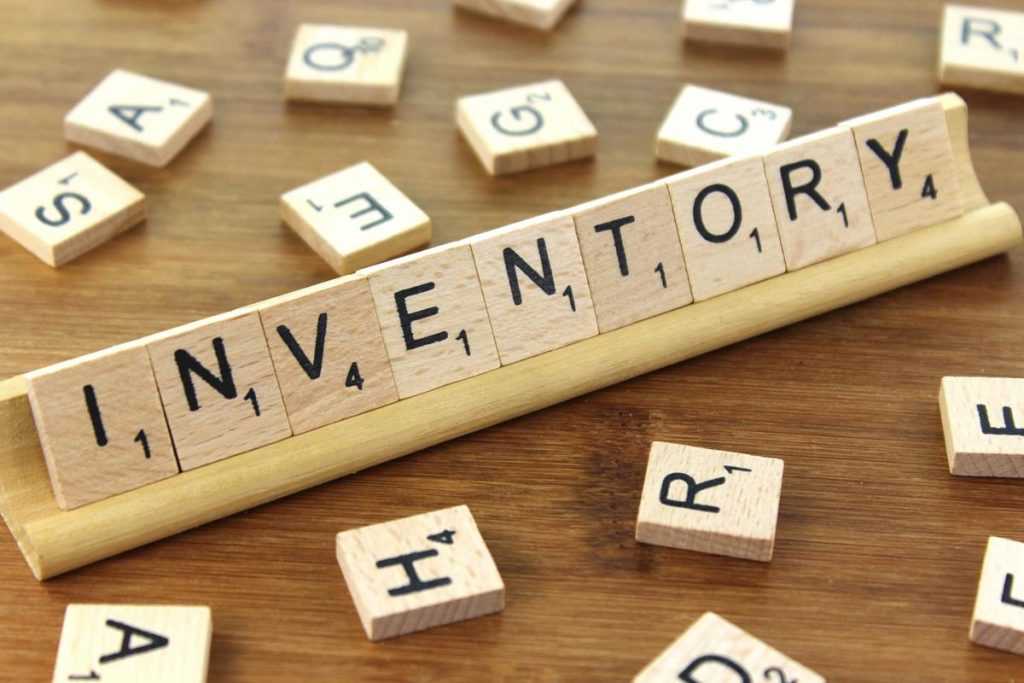Inventory Reduction: Methods and Implementation

Benefit of Inventory Reduction

Inventory Reduction will release working capital for re-investment in other key business areas and maintain smooth cash flow for any business that operates with tight margins.
Companies that purchase items from suppliers to make the customer order fulfilment often believe that lowering inventory levels equals to lowering service levels, which will negatively affect customer order fulfilment. This is not true!
The trick is to forecast with high accuracy and constantly optimise the ordering, both from a time and quantity perspective to ensure customer demand is met.
Supply chain experts suggest many ways to reduce Inventory. Below 5 Inventory reduction techniques are most suitable for any type of Industry.
- Supplier Lead Time Reduction
- Eliminating Obsolete Inventory
- Optimising Ordering Quantity and Ordering frequency
- Centralised Inventory Control
- Inventory Reduction Analysis
Supplier Lead Time Reduction:
Reducing the existing supplier’s Lead Time or developing new supplier with quicker replenish time is one of the widely used technique to reduce inventory levels. If lead time is higher, Buyer need to maintain high safety stock to mitigate stock-out risk, that eventually increases the inventory carrying cost.
Buyer will get more flexibility if the lead time is faster. Longer lead time increases the risk of holding those items that may become excess or obsolete in future.
8 Ways to Reduce Supply Chain Lead Times
6 areas Organisation expect Purchasing Team to perform
Eliminating obsolete inventory:
Items which are in stock but have no customer demand or user requirement is termed as obsolete inventory. Time to mark the inventory as obsolete is different for different Industries which may vary from 3 months to 12 months. Items which have also crossed the shelf life do fall under obsolete inventory. Shelf life is the length of time that an item may be stored without becoming unfit for use, consumption, or sale. Obsolete items typically occur when product design changes due to customer demand shift or product innovation. Customer demand patterns may change due to unforeseen market shifts. Businesses should monitor the shelf life of every item they purchase in each period to track obsolete inventory over time.
Obsolete items will tie up working capital, compound holding costs and can even take up storage space in warehouses that could be used for regular items. While selling obsolete stock at a reduced price or may be as Scrap may have negative impact on short-term profits, it will have a long-term positive effect as burdensome carrying costs can be eliminated from the equation.
5 ways Procurement Saving improves Company’s Profitability
Optimising Order Quantity and ordering frequency:
Correct Material Procurement Planning and purchasing practices will support operation’s strategic goals of ordering enough to meet ongoing customer demand while not carrying too much extra inventory to keep costs under control. Dedicated efforts from Sourcing Team and increasing communication with suppliers will help to negotiate reduced Minimum Order Quantities (MOQs), so that smaller, more frequent orders can be placed offsetting long-term risks of holding too much inventory. Smaller, more frequent orders enable an organisation to increase ordering flexibly for when variations in demand occur or consumption pattern changes.
Centralising inventory control:
Inventory control can be done in two ways, Centralised and Decentralised. Both the system has its own features and demerits. Whereas in Centralised Inventory Control System, stronger, more professional inventory managers can be employed who are further removed from day-to-day events that cause reactionary actions. These individuals can be thoroughly trained in both the general principles of inventory management and the particular philosophy and system being used to drive the ordering process in the company. Special buying opportunities can be more effectively explored since the information for all locations resides in the central system and the individual can more easily adopt a total company “big picture” view.
The Advantages of Controlling a Centralized Inventory
Continuous inventory reduction analysis:
While above methods of reducing inventory are effective, analysis will have to take place in order to ascertain how they are effect on the bottom line of the company. Inventory planners can utilise a number of different techniques to better manage inventory levels across complex supply chains. Continuous inventory analysis is required to ensure the implementation of above techniques. There are many inventory analysis techniques suggest by experts of supply chain:
- ABC analysis
- Cycle counting
- Safety stock management
- Product life cycle management
- Economic order quantity management
Conclusion:
Reducing inventory will release working capital for re-investment in other key business areas and maintain smooth cash flow for any business that operates with tight margins. Permanent elimination of obsolete stock will reduce capital lost in the supply chain and will increase usable storage space for higher selling items, therefore increasing the businesses return associated with relevant carrying costs.
